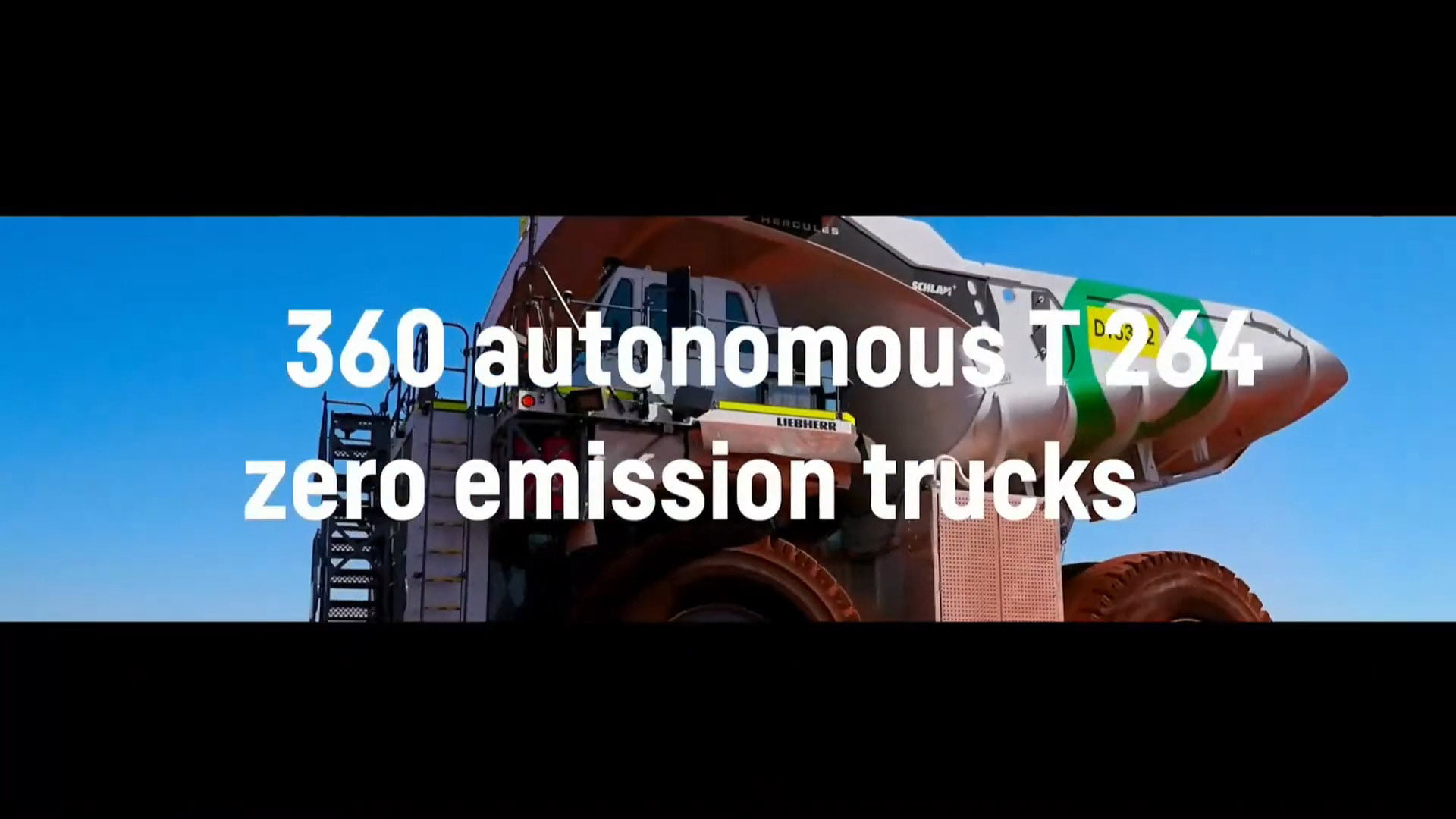The fastest electric vehicle charger in the world has been revealed, capable of charging an enormous 1.9 MWh battery found in electrified mining trucks in just 30 minutes.
Charger Specifications
This charger produces an impressive 6 megawatts (MW) of power and has been created by Fortescue, a major player in the mining sector, as part of its Real Zero Climate Transition Plan. Fortescue has allocated $2.8 billion to transition its dozers, excavators, and large haul trucks from diesel fuel to electric power.
Fortescue is converting its fleet of 240-ton Liebherr T 264 haul trucks to autonomous battery-electric versions by replacing their Cummins QSK 60 engines with massive 1.9 MWh battery packs. According to Andrew Forrest, the Executive Chairman of Fortescue, "Fortescue Zero developed this battery technology and jointly developed the Automated Haulage Solution, leading the way to provide green innovative solutions to eliminate emissions from heavy industry."
Environmental Impact
Currently, diesel-powered mining trucks produce around 192 million tonnes of carbon dioxide annually. The mining industry is a key target for electrification to achieve climate targets and meet regulatory standards. So far, the most powerful commercial EV chargers have reached a maximum output of 3.75 MW, in line with the newly introduced Megawatt Charging System (MCS) standard for commercial vehicles.
Fortescue’s 6 MW solution is essential for the autonomous electric T 264 haul trucks, which weigh 240 tons and use 1.9 MWh batteries, as conventional chargers would not suffice. The new charging technology is expected to be operational by 2026.
Comparison with Other Chargers
In comparison, the Tesla Semi Megachargers deployed by Pepsi provide 750 kW of power, while Tesla’s North American Charging Standard (NACS) supports up to 1 MW. For passenger electric vehicles, the fastest announced charger to date is XPeng’s 800 kW S5 piles, which can deliver 187 miles of range in just 5 minutes. It remains uncertain how Fortescue’s 6 MW chargers will be designed and how they will manage cooling to achieve this unprecedented output.


Leave a Reply